 We are writing this whilst sitting at a park bench in the Wirabarra Conservation Park south of Port Augusta. It is damp under foot, with oh-so-bright green grass between many of the trees. It feels very strange, if not too cold as yet. The contrast with everything we have experienced for months past is so strong, and it is going to take a while to get used to again. Hopefully this verdure foretells of a wet Victoria.
We are writing this whilst sitting at a park bench in the Wirabarra Conservation Park south of Port Augusta. It is damp under foot, with oh-so-bright green grass between many of the trees. It feels very strange, if not too cold as yet. The contrast with everything we have experienced for months past is so strong, and it is going to take a while to get used to again. Hopefully this verdure foretells of a wet Victoria. We picked our way across country, away from Geraldton, with the weather now much improved. The countryside was aglow with Canola, planted to capitalise on the apparent break in the drought there. Within the hour we were on the road towards Mt Magnet and camped that night beside the Greenough River in readiness for a botanical visit to nearby Bindoo Hill Nature Reserve to indulge Helen’s latest passion. Helen had made contact with a colleague who lives on an outback station, called “Thundelarra” (the name now immortalised by J K Rowling as one of Harry Potter’s places, amazingly enough) who we visite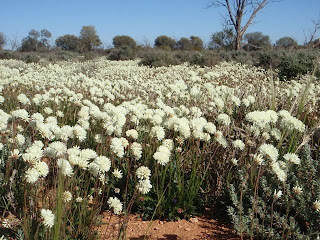
From Mt Magnet we visited the National Trust listed old gold town of Cue (Queen of the Murchison), and explored the old mine sites and ghost towns that still speak through the decades of very different times. Not least was Big Bell. This town, gazetted in about 1934, boasted perhaps a hundred houses, an enormous two storey brick pub and a doubtless brassy social life, that all fell in a heap in 1954; the gold price fell through the floor and everyone upped stumps. There are going to be similar stories to be told after the current mining boom has passed us by. In fact the main storey to tell as we travelled eastwards is that of mining. The roads in WA are first class, and they need to be. If you drive up to a lookout and scan across the intervening country towards the horizon you will see road trains carrying ore of one variety or another, travelling from right and left, converging on the main road to the coast. In the other direction, and often with police escorts waving you aside, go don
North of Mt Magnet we found Walga Rock, drawn as we are by the sniff of rock art. We were not disappointed, and we enjoyed a night equal to any on this trip camped beside it. Walga Rock is a small version of Uluru covering perhaps 20 hectares, without the people. It was a magnificent place with an ancient aura that has you talking in whispers without realising it. Completely on our own apart from a small herd of feral goats the other side of the hill, it was euphoric.
The road forward took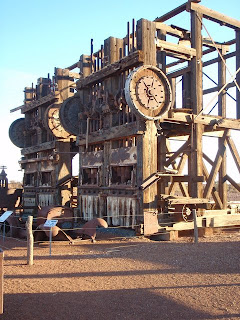
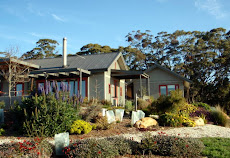
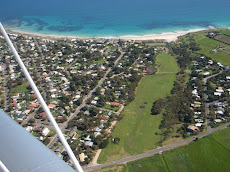



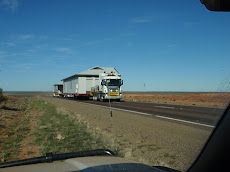



























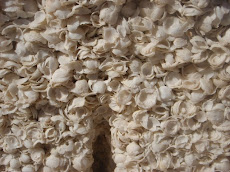















































































No comments:
Post a Comment